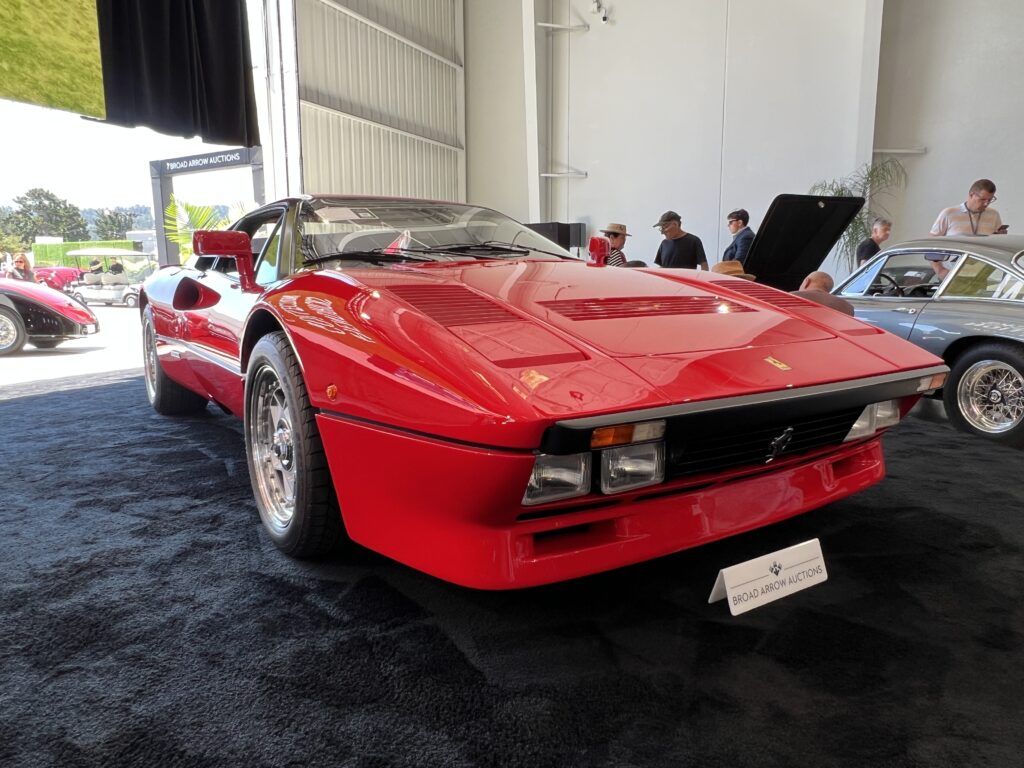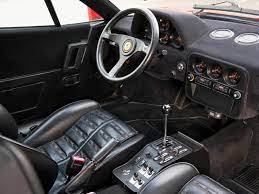The Ferrari 288 GTO stands as a true icon in the realm of automotive excellence, revered for its exceptional performance, exquisite design, and intriguing production history. Born during the golden era of supercars, the 288 GTO (Gran Turismo Omologato) was not only a masterpiece of engineering but also a symbol of Ferrari’s dedication to performance and innovation. This article delves into the fascinating production history of the Ferrari 288 GTO, exploring its origins, challenges, innovations, and enduring legacy.
Origins and Purpose
The roots of the Ferrari 288 GTO can be traced back to the late 1970s when the FIA introduced a new set of regulations for the Group B racing category. These regulations required manufacturers to produce a limited number of road-legal versions of their racing cars, paving the way for the birth of the “homologation specials.” Ferrari recognized the potential of this regulation and decided to develop a car that would not only dominate the racetrack but also capture the hearts of enthusiasts worldwide.
Development and Design
The development of the 288 GTO was spearheaded by Chief Engineer Nicola Materazzi, with a clear goal in mind: to create a road-going supercar that retained the essence of Ferrari’s racing pedigree. The 288 GTO was based on the Ferrari 308 GTB, but it underwent extensive modifications to transform it into a high-performance powerhouse. The car featured a widened body, aggressive aerodynamics, and lightweight materials, resulting in an exquisite blend of form and function.
The heart of the 288 GTO was its engine—a twin-turbocharged V8 that displaced 2.8 liters, giving the car its name. This powerplant generated a remarkable 400 horsepower, propelling the car from 0 to 60 mph in just under 5 seconds and reaching a top speed of around 190 mph. The engine’s power delivery, coupled with its unmistakable exhaust note, created an unparalleled driving experience.
Challenges and Innovations
The production of the Ferrari 288 GTO was not without its challenges. As with many ambitious projects, Ferrari faced obstacles that needed to be overcome. One notable challenge was the stringent Group B regulations, which required the production of a minimum of 200 road-legal units. Ferrari’s limited production capacity meant that achieving this target was no small feat. Nevertheless, the company’s commitment to excellence drove them to find innovative solutions. To meet the homologation requirements, Ferrari embarked on a production run that spanned from 1984 to 1985. The chassis was built using lightweight materials such as aluminum and composite panels, ensuring structural integrity while keeping weight to a minimum. The aerodynamics of the car were carefully refined in wind tunnels, resulting in enhanced downforce and stability at high speeds.
Legacy and Influence
The Ferrari 288 GTO made its official debut at the 1984 Geneva Motor Show and garnered immediate attention from enthusiasts and collectors alike. Its performance capabilities and limited production numbers ensured that it would become a sought-after classic in the years to come. However, the 288 GTO’s production history took an unexpected turn due to the cancellation of the Group B racing category in 1986. Ferrari’s plans to race the 288 GTO in competition were abruptly halted, altering the car’s trajectory. Despite the shift in plans, the 288 GTO left an indelible mark on the automotive landscape. Its innovative engineering, stunning design, and visceral driving experience paved the way for future Ferrari models and established the foundation for the brand’s subsequent supercars. The success of the 288 GTO also set the stage for Ferrari’s ongoing commitment to producing limited-edition, high-performance vehicles that push the boundaries of technology and design.

Conclusion
In the annals of automotive history, few cars have captured the essence of performance and exclusivity as profoundly as the Ferrari 288 GTO. Its production history is a testament to Ferrari’s relentless pursuit of excellence, even in the face of challenges. From its origins as a response to racing regulations to its lasting legacy in the world of supercars, the 288 GTO continues to inspire enthusiasts, collectors, and engineers alike. As a symbol of innovation and passion, the Ferrari 288 GTO remains an enduring icon that stands as a testament to the art of automotive engineering.
In conclusion, the production history of the Ferrari 288 GTO is a captivating narrative that reflects the determination, creativity, and ingenuity of Ferrari’s engineers and designers. From its ambitious beginnings to its influential legacy, the 288 GTO remains a shining example of the intersection between technology and artistry in the world of automobiles.

